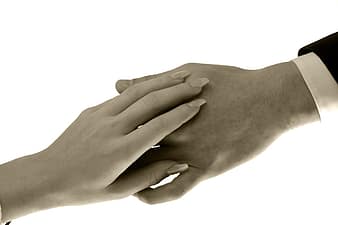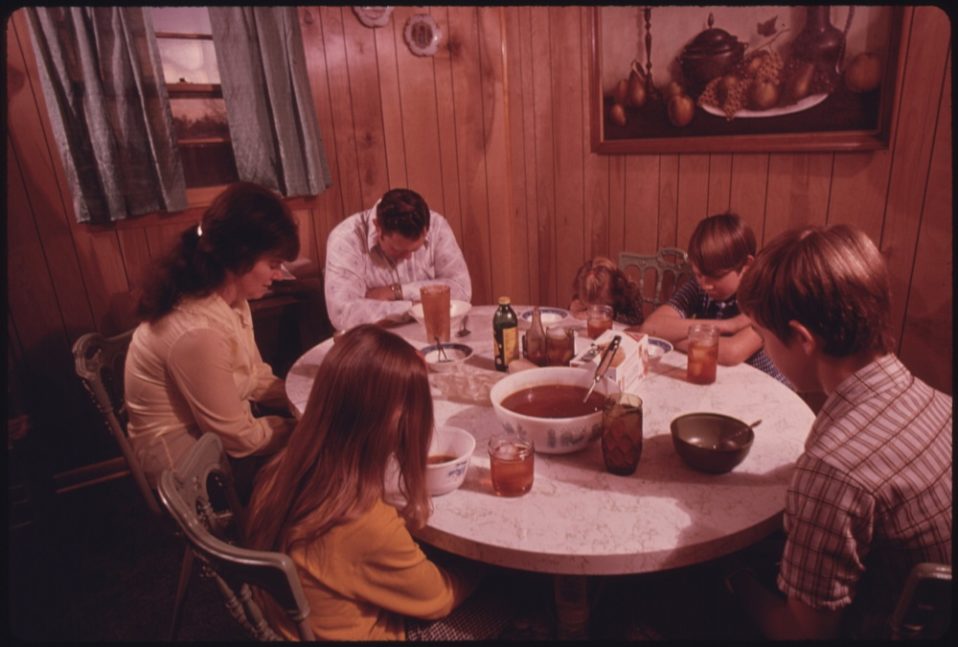“Be the change you want to see in the world” – Mahatma Gandhi
There is an interesting parable of a city man who goes in search of a wise old man who lives at the top of a mountain. As he is about to start walking up the steep, stony and curving path of the mountain, he happens to see an old man resting on the way side. He strikes a conversation with that old man, realising that this is the same wise person he was looking for. The wise man is walking back home to the mountain top and invites the man to walk along with him. As they are slowly going up the winding, steep mountain road, they pass a villager with his herd of pigs. One of the pigs is hurt in a foot and limping. The villager seems to get impatient with that pig and whips it, making it squeal and rush forward despite the pain. But once again it falls behind because of the injured foot. Again the villager smacks it on it’s bottom to make it rush forward. As the city man and the wise man are walking by, talking to each other, this scene of the villager and the injured pig happens in front of them. The city man feels pity for the pig for a fleeting moment, but then the thought slips away.
The old man, while talking to him, casually lifts the injured pig onto his shoulders and keeps walking. The city man feels a bit awkward but does not comment, continuing with their conversation. When they reach the home of the villager, the wise man slowly puts the pig on the ground and keeps going on, without breaking the thread of the conversation.
This whole incident is quite distracting for the city man. So, when they finally reach the home of the wise man, and there is a lull in the conversation, he cannot help asking:
“Sir, I noticed that you did something very interesting while we were walking up. Why did you lift that pig onto your shoulders?”
The wise man turns to him and asks innocently “What pig?”
This is a stark example of a value which has fully turned into a virtue. The value (which the city man felt for a moment) was of empathy and the urge to help someone in pain, whether a human being or an animal. But he could not translate it into action as it was not fully evolved and assimilated in his character.
If he had done something for the pig (paid money for his treatment or asked the villager to let it be) and then prided himself about it, that would have been a partial shift of value to virtue.
For the old man, the need to act on the value of empathy was so deeply embedded that he subconsciously ( without realising it in the midst of his conversation with the city man) did the most simplest thing to alleviate the pig’s pain….lift it onto his shoulders for the rest of the journey.
Once the act was done, he forgot all about it and moved on.
Values are things that we believe are sacred or important for us. Every organisation has a list of espoused values, which are displayed on the office walls, put in annual reports, recited before meetings, handed out to new employees. At an individual level, all of us have values (whether we are aware of them or not) and all families have value systems which are professed by the seniors of the family (honestly, help each other, respect elders, come home on time etc)
Virtue on the other hand, is the demonstration of value. The deeper the value, the more subconscious is the virtuous act.
Beyond a point, Virtues become like habits. If we are constrained from acting them out, we feel something important is missing or left out.
Twenty five years back, I was part of a team with another person who was 10 years senior to me in the organisation. He was a smart professional who had worked almost his whole life with the same organisation. Sometimes I had the opportunity to travel with him for work. I used to notice that he would be very polite with all the less privileged people that came across him. The driver of his car, the porter picking his luggage, the doorman, the receptionist et al. He would smile at them, give a nod of gratitude and slip a few bank notes into their hands. I could make out that he was not really thinking about it but just doing it out of sheer habit.
It was on one of the trips that I saw how deep the habit was ingrained in his mind. We were in the car, busy talking work and on the way to another city. When we reached the city, a few hundred kms away, and were getting off the car, he reached for his wallet to tip the driver and realised that he had forgotten his wallet back home. It was not such an issue as I had a credit card and could pay for his stay and food for the next two days. But, he looked distraught as he walked away from the car without tipping the driver. I sensed that this virtue, which emanated from the core value of empathy and gratitude for others, was so deeply ingrained in him, that its absence made him feel inadequate.
I loaned him some cash, and he was back to his normal self, smiling and handing out tips to everyone. Though the money value was very small, these simple acts were a powerful demonstration of a deeply ingrained virtue.
When the leader stops strutting or showing off that he is demonstrating a value (in the form of a virtue), that is when the team culture truly transforms. Thus, for any team, the four stages of transition from Values to Virtue can be as given below:
Stage 1: High level Values, No Virtues: In this initial stage, the values are largely inspirational. They have been decided in a ‘Values workshop’ and arew what ‘we would like to be’. These statements are like beacons of light showing what is expected of each team member. Yet, no one in the team (including the leadership) are doing a decent job of demonstrating them. Further, there is less clarity on what has to be done to demonstrate these values. So, for example, the Value is “Teamwork”, but has not been further detailed out in terms of ‘what behaviour will show the teamwork desired in our group’. Consequently everyone is doing his own version of ‘teamwork’ and feeling good about it.
Stage 2: Detailed values, Occasional virtues: The organisation details out the right virtues desired in members. But the virtues are showing up only in few of them. A family has decided that not more than one hour on the phone and movies only on weekends. The father is unable to follow the discipline but the younger daughter is demonstrating it. She is struggling as a ‘lone ranger’ , divided between the right and ‘what we can get away with’. In this stage, those who are demonstrating the virtues like to brag or showoff, conscious that they are ‘better’ than the others.
Stage 3: Role models and stragglers: The team divides into those who are now following the virtues and those who are still struggling. The role models now get an ‘invisible’ power to exercise over others, on basis of their virtuosity (aligning behaviour to values). There is a displacement of power. In the example of the family above, the daughter will be more respected by the father and other family members.
Stage 4: Virtuous Habits and followers: Finally a core group of ‘leaders’ build a habit of the virtues. They have experienced a distinct benefit and now cannot do without these virtues. They do not brag about them but just do them out of sheer habit. Others are following them and learning from them. The CEO is in office at sharp 9 am and always finds the errand boy reaching before time, following a core value of the organisation. Both are true ‘value leaders’ who have transitioned the value into a virtuous habit.
The group culture gets ‘sticky’ only when it moves into the fourth stage. As the group slowly shifts from Values to Virtues, the true essence of the espoused values permeates the organisation. The leaders start being ‘virtuous’ as a normal way of life and followers accept them as the ‘way things are done here’.
So, whether it is a family, group or organisation, the leader should commit him/herself to transition the values into virtues at the earliest, so that the culture gets established.




Post a comment